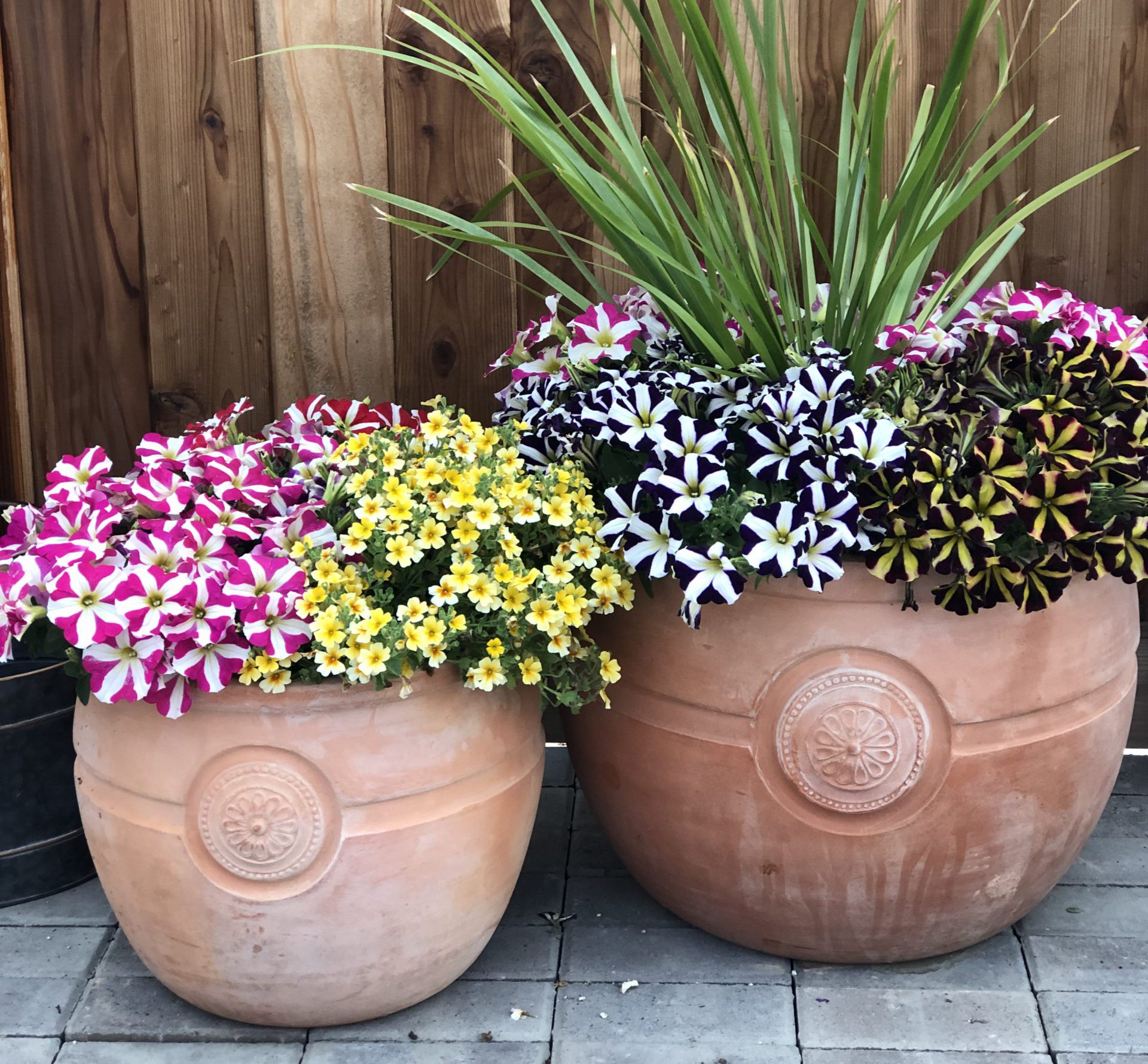
12 May Welcome to a World of Virtual Trade Shows
What a difference a few weeks make. This spring, in the course of a few weeks, trade shows in several industries stopped in their tracks. That left sales and marketing people with a big task. How to connect with their customers when they couldn’t do it in person?
Let the scrambling begin. Yet, among the chaos, creativity bloomed and the shows went on… virtually. Over the last few weeks we have tuned in to several different Zoom meetings, webinars and virtual presentations for CAST, the California Spring Trials. This event features new plant introductions from the world’s top horticulture breeders, seed companies and nurseries. Horticulture professionals from around the globe travel to locations across California to see new varieties that will be available in garden centers the following spring. For this group, seeing the live plants in person is critical. Timing is everything, and the window to capture customer attention is during the last few days of March.
As COVID-19 hit, introducing the new plants for 2021 became another unprecedented challenge. Here are a few of the best practices we witnessed.
Tell a Story
Those companies that could access their trial plants, set up their displays
wherever they could and captured them with still photography and video. One
Zoom meeting we watched took viewers through the entrance and into the
greenhouse using still photography. The presenter’s narration brought you in to
the event virtually. The lesson here is this: don’t underestimate the power of
a well-crafted story. In a time where everyone was really wishing they actually
were in California, allowing the customer to imagine their destination really
set the stage and created an emotional connection to the images.
Show Your People and Create Opportunities for
Interactions
In some of the presentations, we were able to see the presenters at the
same time they showed images of the new products. This is as close to a real
trade show experience as is possible and adds a human touch. You could sense
emotion and excitement about what they were describing to us. It felt so much
better than the disembodied voices in other presentations.
The best live presentations allowed viewers to ask questions in real time, just as they would have if they were attending the event in person. If the events were recorded for future viewing, creating an easy way for customers to get their questions answered quickly was seen as helpful.
Presenters that showed their human side made the meetings better. Acknowledging a slow connection, computer glitch or the fact that your dog is barking in the background makes the event more real and can provide a more relaxing experience for viewers. Presenters who talked about products they were “most excited about” captured more attention. When you can’t be there in person, someone’s true passion about a product can make it a standout.
Create a Visual Story
Professional, beautiful video and photography is always the gold standard
for any marketer. But, in a time where time was really of the essence, the
presentations that used just about any type of visual representation stood out.
The presentations mimicking the displays we would have seen at the show brought
a realism to the virtual events. If the display materials and plants were
halfway across the country (or the world) and not accessible, presenters that
showed live plants, unretouched photographs or took you into a local greenhouse
using their iPhone video, made the experience more personal and real.
Explaining where the video came from added authenticity to the experience.
Seeing video from a trial garden a few months earlier gave you a sense of time
and a connection to what the plants really look like.
For this trade show especially, seeing living plant material during a live presentation or on video became the new gold standard. Marketers who held up a live plant on a Zoom meeting or highlighted “home” video shot on their phone brought a better experience. Those that used a steady hand, provided various shots of the plants, and paid attention to the natural background sound rose to the top.
As we adjust to the new way of trade shows and virtual experiences become more polished, these best practices will change. But, in a crucial time-crunch, horticulture marketers really blossomed.





No Comments